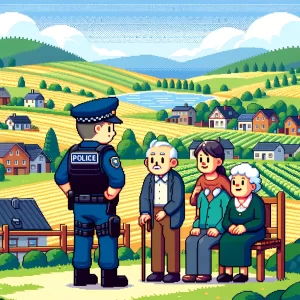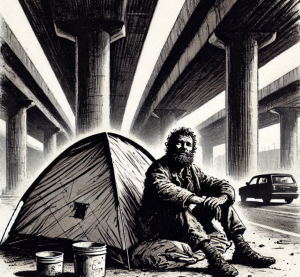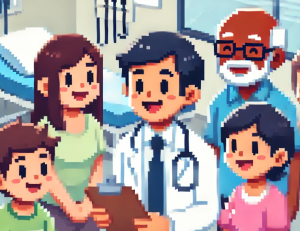
Rural Police Shootings in Focus
When you think of police shootings, your mind probably jumps to urban streets and big cities. But did you know that the risk of police shootings is just as high, if not higher, in rural areas? A recent study from the Johns Hopkins Bloomberg School of Public Health dives into this often overlooked issue, uncovering surprising and crucial insights.
Exploring the Urban-Rural Divide
The research analyzed data from the Gun Violence Archive, looking at police shootings from 2015 to 2020. What they found challenges the common perception that police shootings are a predominantly urban problem. In fact, rural areas experience similar, if not higher, rates of police-involved shootings. This is a wake-up call, highlighting the need for attention to rural law enforcement practices.
A Closer Look at the Numbers
The study covered over 10,000 police shootings, with 34% happening in urban areas, 22% in suburban areas, and a staggering 45% in rural areas. The numbers reveal that rural areas are not as tranquil as one might think. In rural regions, 58% of those shot by police did not survive, compared to 53% in urban areas and 54% in suburban regions. This higher lethality rate in rural areas suggests a different dynamic in police responses and available resources.
The Common Threads
Despite the differences in location, the study found that the reasons behind these shootings were strikingly similar across the board. Domestic disturbances, traffic stops, and reports of shots fired were the most common incidents leading to police shootings. Interestingly, about 24% of these shootings involved individuals with behavioral health issues, emphasizing the need for better mental health resources and crisis intervention strategies, especially in rural areas.
The Role of Race and Ethnicity
The study also shed light on racial disparities in police shootings. Black, Indigenous, and Hispanic residents were more likely to be injured or killed in these incidents compared to White residents, regardless of whether they lived in urban, suburban, or rural areas. These disparities highlight systemic issues in policing that transcend geographical boundaries and point to the need for widespread reform.
Sheriffs and Rural Policing
One notable finding was the involvement of different law enforcement agencies in these shootings. In urban areas, local police were primarily involved, but in rural areas, a significant number of shootings involved sheriffs’ offices or multiple agencies. This diversity in rural law enforcement points to potential challenges in coordination and training, which could impact how these situations are handled.
The Call for Reform
The study’s authors argue for the need to extend police reforms to rural areas. This includes better training for handling mental health crises, improving coordination among different law enforcement agencies, and ensuring that reforms targeting urban areas are adapted for rural contexts. The involvement of sheriffs’ offices, which often resist reforms, highlights the challenge but also the necessity of comprehensive changes.
Why Should We Care?
Understanding the dynamics of police shootings in rural areas is crucial for several reasons. Firstly, it challenges the narrative that police violence is mainly an urban issue, bringing to light the experiences of rural communities. Secondly, it underscores the need for tailored reforms that address the unique challenges faced by rural law enforcement. Lastly, it highlights the persistent racial disparities in police violence, calling for systemic changes to ensure justice and equity for all communities.
Join the Conversation
- Have you or someone you know experienced or witnessed a police shooting in a rural area? How did it compare to the incidents you hear about in urban areas?
- What changes do you think are necessary to address police shootings in rural communities?
We invite you to share your thoughts and experiences in the comments below or on social media. Let’s keep this important conversation going!
Be Part of the Change – Get Weekly Updates!
Stay informed and connected. Subscribe for free and share this blog to make a difference in public health with others.



